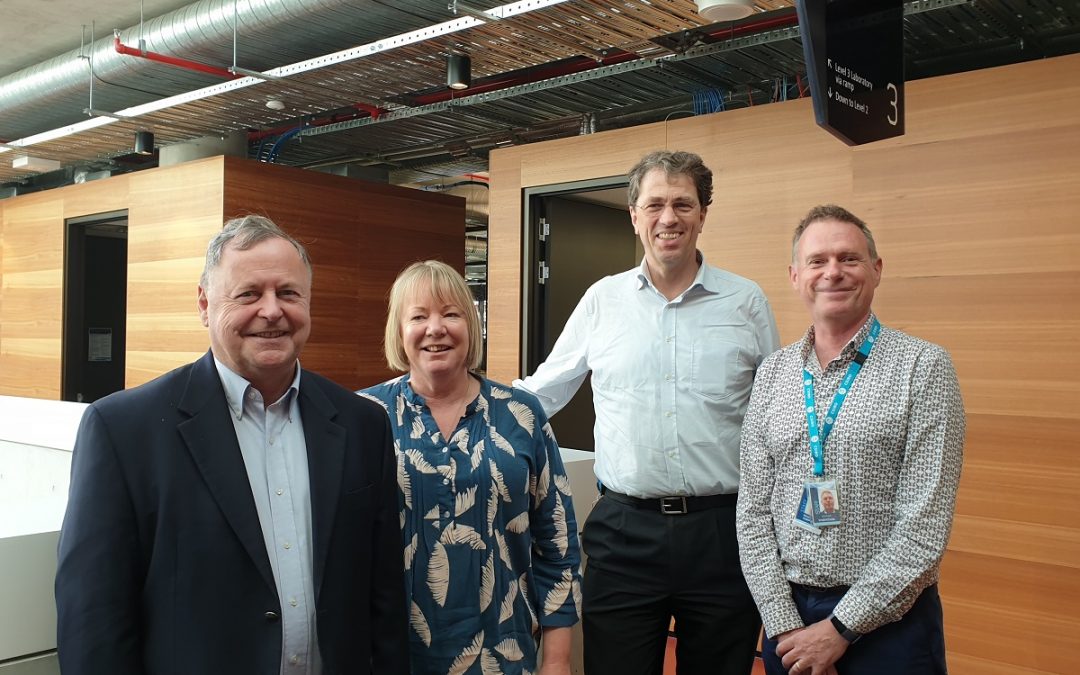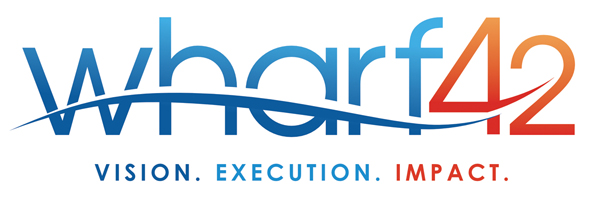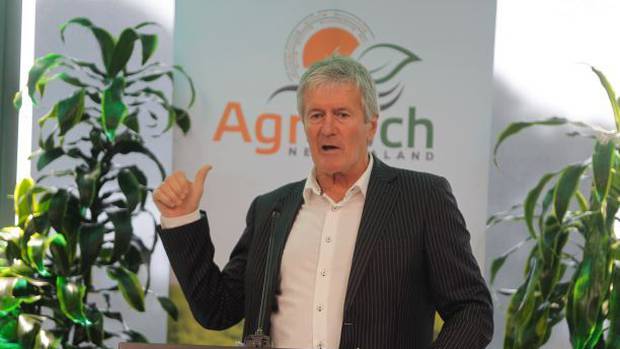
Building Collaborative Research Opportunities with CSIRO
In December, Jacqui and I caught up with Michiel Van Lookeren Campagne and Michael Robertson, Director and Deputy-Director of CSIRO’s Agriculture and Food Division respectively. We visited them at their offices in Canberra.
It was an insightful meeting. I had anticipated that there would have been some significant ongoing research collaboration taking place between CSIRO and New Zealand research organisations in the agritech space. I was wrong. The lack of any real active collaboration was, and is for me, troubling.
It is reflected in the current Trans-Tasman Water Challenge. Whilst there has been strong interest expressed by researchers on both sides of the Tasman, there has been little evidence of much joint trans-Tasman work. Given the importance of water as our most precious natural resource, this does not make much sense.
Wearing my Australia New Zealand Agritech Council hat, increasing research collaboration between both countries is a priority. As we emerge from lockdown, I expect the landscape for increased collaboration to become more urgent. COVID-19 has shown that when faced with a global pandemic, the world can work together to find a vaccine. As we face an uncertain future with climate change and changing demographics, our ability to manage water and produce more nutritious food will become one of the world’s most important tasks.
I’ll be talking a bit more about this subject over the coming weeks. I’m currently involved in an initiative which is looking at the commercialisation of research. Michiel is also involved in this initiative. Its work maps some of the thinking behind the New Zealand Agritech ITP’s commercialisation workstream.
It’s an issue on both sides of the Tasman. It’s one that collectively we can address.
If you want to learn more about the ongoing development of the Wharf42 Insights Programme and other initiatives currently being kept under wraps, please sign up for our free Monthly Newsletter.

